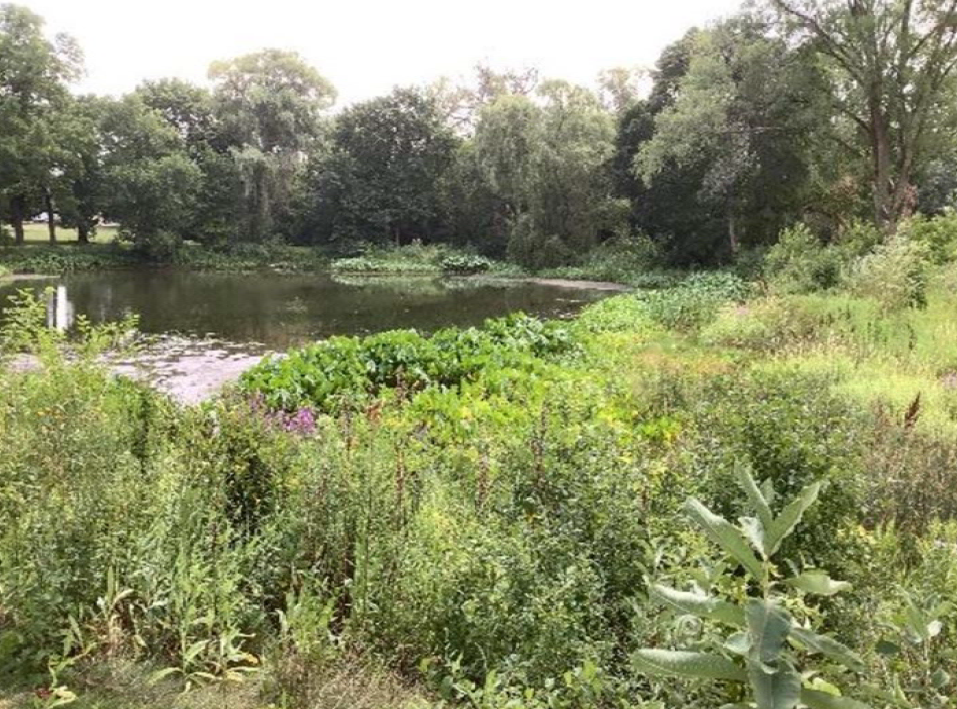Wetland mitigation banking offers a promising solution to compensate for the loss of wetlands due to activities like municipal construction, private development, or agriculture. By restoring, creating, or enhancing wetland areas, these mitigation banks provide credits that developers can purchase to offset the environmental impacts of their projects. Instead of individually restoring wetlands for each project—a costly and complex task—developers can buy credits from established banks, streamlining the process and meeting environmental regulations more efficiently.
Maintaining water quality is essential for the health and safety of any community, particularly for those that are classified as Municipal Separate Storm Sewer System (MS4) communities or are governed by Total Maximum Daily Loads (TMDLs). These designations bring with them a set of stringent requirements to prevent pollution from contaminating local water bodies. Meeting these standards not only ensures compliance with environmental regulations but also contributes to the broader goal of protecting natural resources for current and future generations.
Thinking about a new project but worried it might impact endangered species? This guide will help you navigate the state and federal regulations protecting these vulnerable creatures. Learn about the key steps involved in the review process, from initial screening to permits, and discover how to avoid project delays.
The Wisconsin Department of Natural Resources (WDNR) required Municipal Separate Storm Sewer (MS4) annual report is coming due on March 31, 2024. Compiling the list of various MS4 compliance items performed throughout 2023 can be a challenge. We’ve created a summary of what to expect on this year’s report.
The defining jurisdictional boundary of the Waters of the United States (WOTUS) has been in contention since the Clean Water Act of 1972. In August of 2023, the jurisdictional boundary of the Waters of the United States were appended to meet the Sackett v. EPA Supreme Court decision. Learn what this ruling means for the future of your projects.
Natural Channel Design was introduced as an alternative to rock-lined channels and utilizes natural material (rock and woody material) in the channel to achieve reductions in TSS, phosphorous, and sediment to downstream tributaries.
On December 30, 2022, the Environmental Protection Agency and the United States Army Corps of Engineers announced the final “Revised Definition of ‘Waters of the United States’” rule. This new rule will be effective on March 20, 2023. The following is an overview summary of similarities, changes, and how to move forward.
The Milwaukee Metropolitan Sewerage District (MMSD) recently partnered with District landowners to install green infrastructure devices through the Green Infrastructure Partnership Program. The program was established to help MMSD reach its goal to implement 10 million gallons of green infrastructure annually and achieve TMDL compliance. Learn how R/M helped the District make progress towards those goals through an efficient, streamlined green infrastructure inspection and maintenance program.
If you are planning a project that may disturb, alter, or fill a wetland, stream, pond, or shoreline, you will need a wetland delineation. Learn why conducting due diligence and completing preliminary environmental assessments early in the project planning phase can make or break your project’s timeline and budget.
With the promise of sunshine and spring flowers ahead, it’s time to line up the field surveys needed for project approvals. To avoid unanticipated delays, wetland and other environmental screenings and/or field work should be handled early in the project design process. Set your next project up for success and learn the who, what, where, and why of wetland delineations.
It’s tough to imagine on these beautiful summer days, but fall is fast approaching, and now is the time to schedule necessary wetland delineations for your development project. Learn how you can avoid the long WDNR approval process and get a head start on your project’s planning, design, and permitting by working with our Professionally Assured Wetland Delineator.
EDR, CREC, TSS, WRAPP, MS4, UST… what’s it all mean? Working on environmental permits and inspections often involves the use of several acronyms, and decoding each and every one of them can get a little overwhelming. We created this simple, printable cheat sheet to give you and your team quick and easy access to the most frequently used environmental services acronyms in one place.
If you’re planning a development project, state and federal regulations require you to know the current boundaries of wetlands on your property in order to avoid and/or minimize wetland loss. Failure to comply with these guidelines can cause lengthy and expensive project delays due to unexpected permit requirements. Our environmental experts have put together a few important FAQ’s on wetland assessments and delineations to help you keep your project moving smoothly.
Any project that has the potential to disturb wetlands, waterways, woodlands, or other resources that may impact endangered resources should undergo an Endangered Resources Review. Learn about WDNR requirements and the steps your team can take to maintain compliance and avoid costly project delays.
Building in wetlands is usually not an engineer's or contractor's first choice, but sometimes it is unavoidable. State, local and federal agencies may have permit authority, and the application process usually requires a lot of site-specific information. Read these tips to remember when applying for wetland permits.















